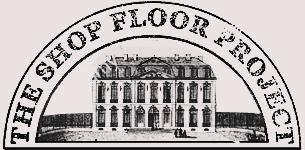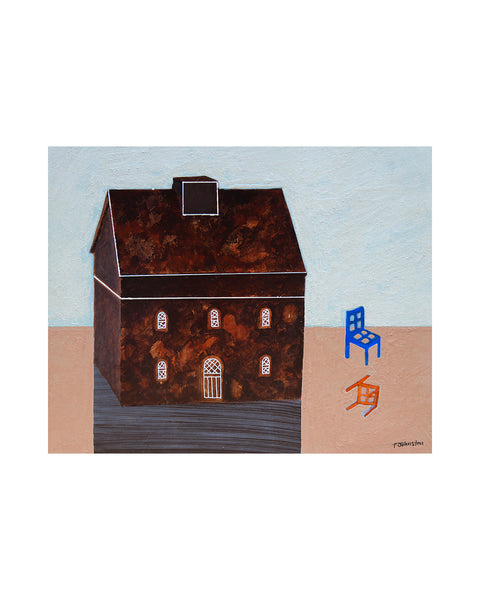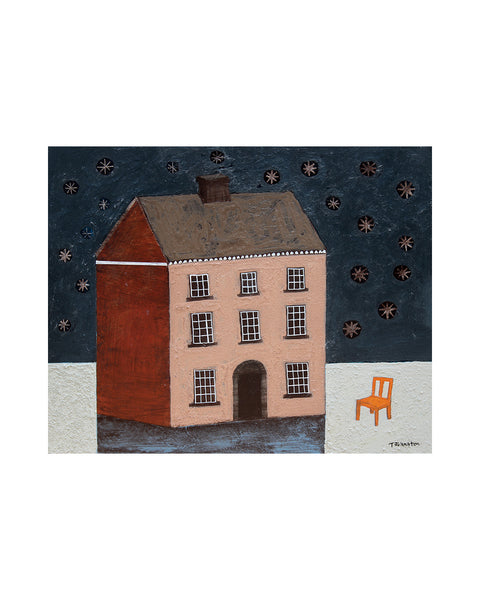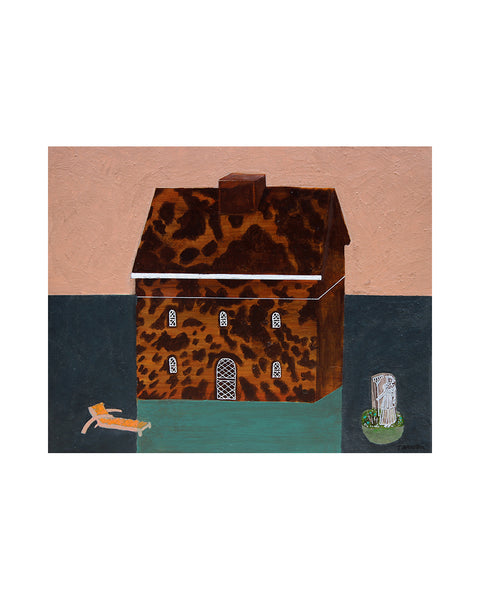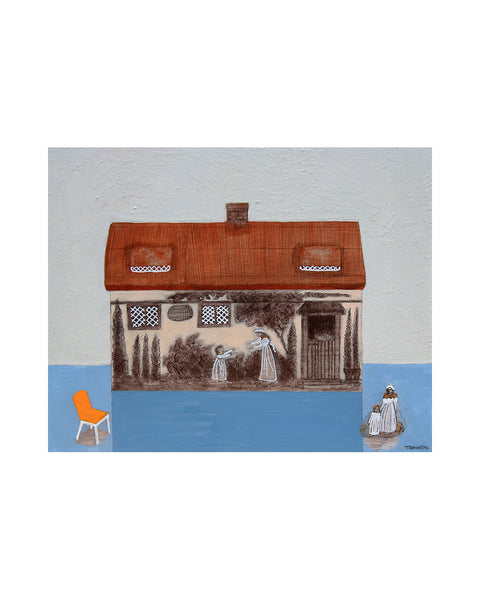
Product Details
An original painting on gessoed board
Framed in four options: Thick Black Wooden Frame (no mount), Oak Frame (no mount), Black Frame (no mount), Putty Frame (no mount)
Unframed size approx: 23.8 x 30cm / 238 x 300mm / 9.4 x 11.8 inches
Thick Black Wooden Framed size approx: 30.6 x 36.8cm / 306 x 368mm / 12 x 14.5 inches
Oak, Black, Putty Framed size approx: 24.8 x 31cm / 248 x 310mm / 9.8 x 12.2 inches
Date of Artwork: 2025
Please note: Our framers are recognised by the Fine Art Trade Guild for their quality because the custom frames have tightly pinned corners, and are made from precision cut wood in England, made bespoke for each order. All our frames are glazed with our Clarity+ Perspex. It's cut from the highest quality acrylic sheet that's both crystal clear, but also safe and filters out 99% of UV light to protect the artwork.
Read more about our FRAMING WORKSHOP here
THE STORY

A new collection of fascinating small scale paintings by Scottish artist Tracey Johnston, exploring 18th and 19th century tea caddies from the Victoria & Albert Museum.

Painted wooden tea caddy in the shape of a small house; English, 1790-1805 @ Victoria & Albert Museum object number: W.79:1-1919
Because tea was such a prized possession, people would commission a craftsperson to create an ornate caddy that could protect the tea. Most often made from wood, tortoiseshell, pewter, brass or copper, some were designed as miniature houses - it is these that Johnston has used as a focal point in her intriguing new work.

Tracey Johnston’s paintings sit within layers of historical influences; from ancient mediaeval frescos to a long line of female artists who chose the study of the ‘still life’ as their muse. These Tea Caddy paintings continue this work, placing domestic objects within a wider landscape often creating a curious composition and imagined narrative.

Incorporated into the scenes are miniature objects from around the artist’s studio; an orange chair, tiny horse, and yellow deck chairs from a children’s toy. These are set, like a play, within the scene, sometimes contained within an interior made of blocks of colour and texture, other times looking out to the Scottish hills and sea or a star-filled night.

There is something incredibly moving and beautiful in the figures that Johnston places within the scenes, with their white dresses, delicate feet, and gentle occupations - gardening, washing clothes, and gazing at stars.

There is a glorious layering of textures in these new works. Johnston combines printing, painting, scraping back to create these rich and delicate works. Using Milk Paint on gessoed Italian poplar panel, Johnston is able to mix the natural colours and textures she wants using this ancient paint formula containing just milk protein (casein), lime and natural earth and mineral pigments.

Tracey Johnston creates the most incredible painted surfaces, from tortoiseshell to ivory with its black ‘scrimshaw’ scratched design, a favourite technique used by sailors to document their voyages and bring home to their loved ones.
Based in the north east of Scotland, Tracy Johnston studied printmaking at Gray’s School of Art, followed by an MA in Fine Art where she began her research into the techniques of fresco painting. This led to an appointment as a John Kinross Scholar and concentrated periods of study and research in Italy. Her interest in ancient techniques also led to a period working as an archaeological Illustrator.

Johnston ignites a highly personal scene that follows in the tradition of painters such as Winifred Nicholson, Anne Redpath and Victoria Crowe - all of whom utilise the Still Life to explore themes as varied as colour theory, internal and external space and domesticity.
